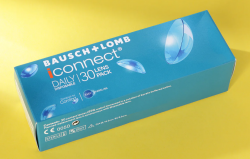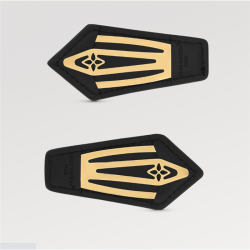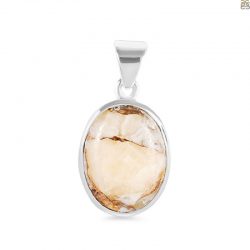What is ceramic tile used for?
Although they belong to the same family, porcelain and ceramic tiles are more like cousins than twins.
Some people will use the terms ‘porcelain’ and ‘ceramic’ tiles interchangeably, but there are a few differences. This means one might be a little more advantageous for your project. Just something to keep in mind.
Depending on how you plan to use your space, porcelain or ceramic tiles may suit you better. Here’s how they differ and where they’re best used.
A QUICK COMPARISON
The main difference between a porcelain and ceramic tile is the rate of water they absorb. Porcelain tiles absorb less than 0.5% of water whilst ceramic and other non-porcelain tiles will absorb more.
This is down to the stuff used to make porcelain tiles. The clay is denser and so less porous. It effects how the tiles behave, and what they’re best used for.
PORCELAIN VS CERAMIC TILES
Ceramic
Porcelain
Construction (how are they made)
Made with red, brown or white clay.Softer and less dense.
Made with white clay, sand and feldspar.Fired at a higher temperature.Harder and more dense.
Pros
Easier to useAvailable in more up to date and intricate designs.
Absorbs less water.More hard-wearing.
Cons
Can be prone to cracking in cold weather.
More brittle.Only available in basic or very simple designs.
Best used for
Walls and floors.Home interiors.Commercial interior walls.Low foot traffic areasInside.
Floors.Use on walls depending on weightCommercial properties – hotels, offices, retail outlets.Areas with very high moisture levels such as wetrooms.High foot traffic areas.Outside.
CONSTRUCTION
How are ceramic tiles made?
Ceramic tiles are made using natural red, brown or white clay. Firstly the clay is fired at a high temperature to reduce the water content, the glaze followed by the pattern is then applied. Voila, then you have your finished your product.
How are porcelain tiles made?
Porcelain tiles are made using very specific clay, with finely-ground sand and feldspar added to the mixture. The tiles are fired at a higher temperature than ceramic, this helps to make porcelain tiles super hardwearing.
COST
Ceramic tiles tend to be more cost effective than porcelain.
For a simple square white tile made in ceramic, the cost will be around £24.00 / m² whilst porcelain will set you back £35.00 / m². Something to bear in mind if you don’t want tiling your house to rob your bank.
























































